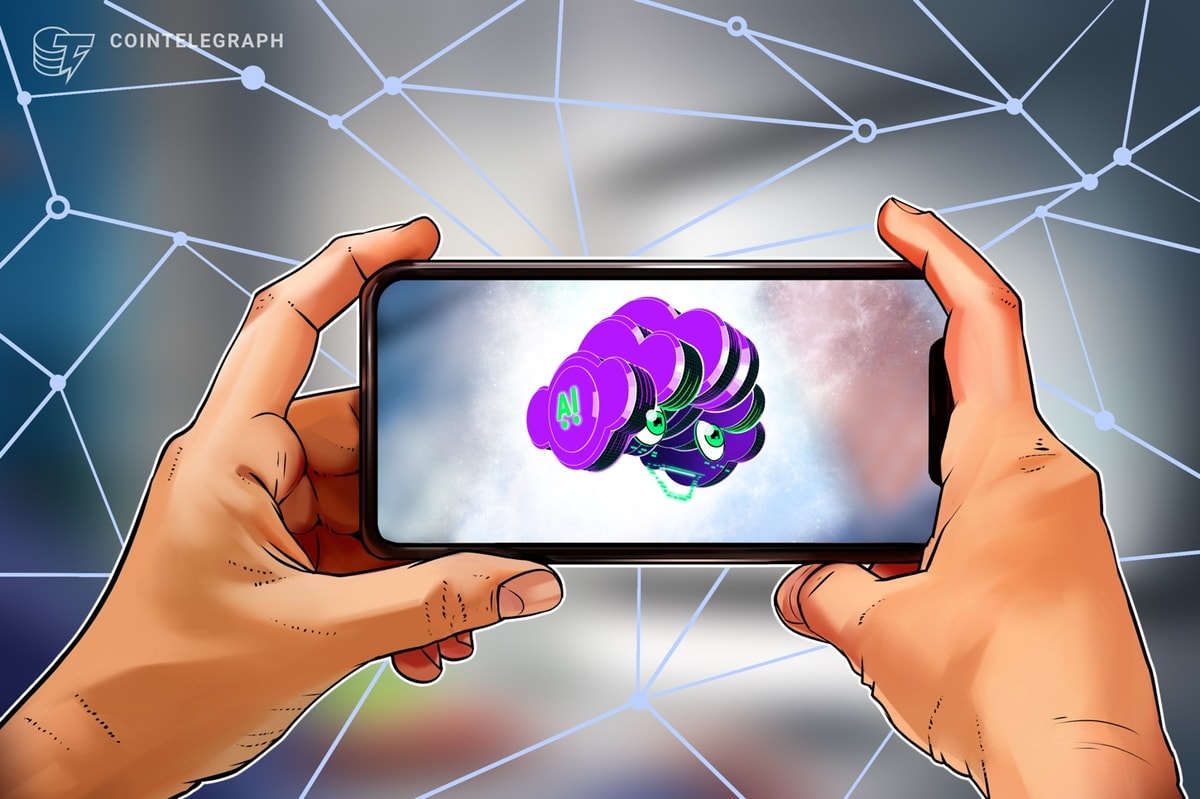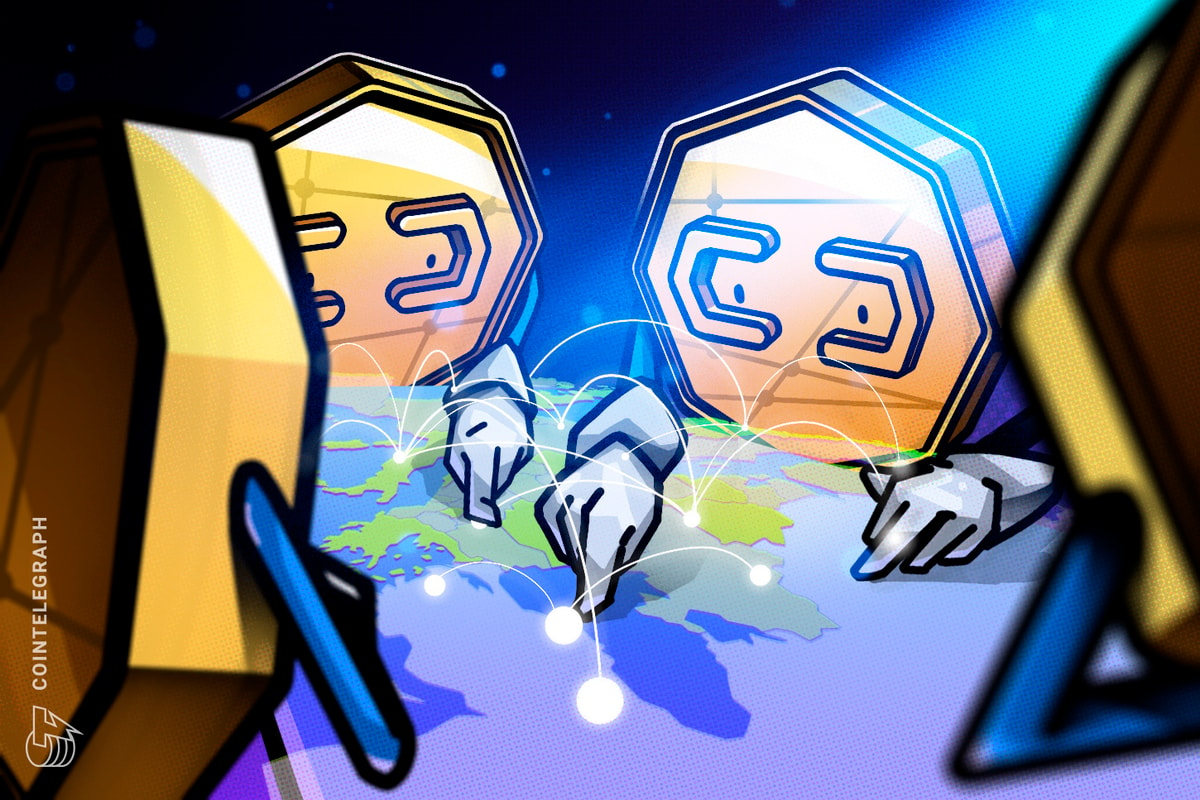
This article is a guest post written byValery Kholodkov, Lead Researcher at AVG Innovation Lab in Amsterdam. Valery is on the forefront of AVG’s privacy-related research and he is constantly looking into how emerging technologies impact user privacy.
It’s no secret that Bitcoin and other cryptocurrencies are showing us brand new opportunities in the digital industry and the way things can evolve there, and not only that. If you attended the annual Bitcoin conference in 2014, you may have noticed plenty of enthusiastic and curious faces from all kind of industries that are looking for the answer to what Bitcoin and blockchain technology can do for them. With Bitcoin we’re going back to 1990s: huge opportunities are seen on the horizon and in my opinion it is very encouraging.
Ideas are in the air, but so far they still need to be read between the lines and implementations are immature. Bitcoin, however, is a serious technological advancement and the greatest thing about it is that it is not just a paper project, but it is out there and growing. This article is to separate the fact from fiction and see what this technology could mean for us now and the impact it may have in the future.
There is a set of innovations that Bitcoin brings along that makes it more than a new kind of currency.
New privacy model: While it has only been touched upon in the original paper by Satoshi, I see the new privacy model as one of the most important contributions to the digital industry. In this privacy model all the data and all the transactions are public but links between identities and transactions are private. Instead of securing the ever growing digital environment, Bitcoin’s privacy model focuses on securing links between identities and the rest of the digital environment. This is a completely different way of interacting in the online environment and it is going to change the way we do things in the future.
With the rise of the digital industry we see the rise of significance of a digital identity. In the last decade online businesses discovered the value of digital identity as a fuel for sales and monetization machine.
How did it happen? It started with advent of targeted advertising and struggle for higher ROI, with targeted advertising and personalized web content suddenly becoming particularly valuable as it enabled targeting engines to use context to target consumers better in turn leading to higher ROI. Obviously personalization strongly depends on a user’s identity and what we know about it, so personalized web content played the role of bridging the gap between targeting goals and digital identities until this bridge was removed with advent of behavioral targeting, which no longer uses personalization as a proxy.
Today you no longer specify what content you want to target, but what audience you need, and those who have it sell it to you. The digital identity is being exploited for profit but due to its nature this identity economy is inherently inefficient.
The new privacy model is a way to align interests of online audience and online businesses and get rid of all these surrogates. This will make the online economy more accessible and more enjoyable for us while also making entry easier for online business allowing them to capitalize on upcoming opportunities.
Another aspect of the rise of the digital identity is security. Most of web services today are not designed to protect your identity. Due to the nature of HTTP your personal and identifiable data is transferred back and forth between you and servers around the world. This makes it susceptible to theft and interception. Copying personal data is ultra-cheap. The only way to protect it from leaking is if it never reaches the network to begin with. The fact that most of the interactions in World Wide Web happen inside servers is what makes it so leaky and this makes it impossible to solve the problem by simply patching the holes. We have to redesign the Web from the ground to make it privacy-friendly.
The Bitcoin privacy model (along with anonymizers like Tor) are so far the most significant step in that direction.
Suitability for microtransactions: The Web as a universal ecosystem always missed a universal currency. Online services are universally accessible, but the financial system is still significantly fractioned. This creates a misbalance; today it’s easier to sell than in the pre-web era, but not necessarily easier to settle the trade.
What happens if entry barriers fall on the payment side? Perhaps a paradigm shift of a similar scale and new entrepreneurs rethinking existing business models. In order to implement this we need a payment instrument that can do two things: handle micropayments and make transactions irreversible. This is where Bitcoin comes in.
As an example, let’s consider the case of translation software. In the past you used to buy translation software and install it on your computer. You paid a price set by the developer. This price was relatively high because the developer needed to cover huge development costs that he had already incurred. This created a relatively high entry barrier for consumers who wanted to use the software, but weren’t sure they would consume enough to justify the price, i.e., issue enough translation queries.
Once the digital services moved online the situation changed drastically. Now it was suddenly possible to issue as many queries as you want without buying the entire product. Consumers no longer had to think if they shoot enough translation queries, hence the barriers were gone.
Blockchain technologies seem to go even further than that. The blockchain is capable of accommodating transactions that go beyond financial nature. For example, Twister (http://twister.net.co) is a decentralized microblogging platform. Twister uses the blockchain to guarantee the uniqueness of a user without the need of a central authority. An unsolicited message that must be shown by all clients (i.e. advertising) provides incentive for joining the block generation effort.
NameCoin is a cryptocurrency that also serves as a decentralized DNS with the ability to register domains and later change ownership. NameCoin blockchain contains both financial transactions and domain registrations.
If we combine these capabilities of the blockchain, can we get an ability to create microtransactions-fueled digital ecosystems of any kind? If yes, this will be a huge leap in the way we do business online. We build services so that they fit into existing ecosystems, such as banking systems and distribution channels. Wouldn’t it be more effective to design an ecosystem to solve a problem and to program it to be self-propelling and self-sustainable in the same way Bitcoin is programmed to automatically regulate the money supply rate?
These are the opportunities that microtransactions and the blockchain open up for us to explore.
Decoupling information from the medium: One of the drivers of the cloud-based solution is the fact that consumers are interested in files and not file systems. In other words, it no longer matters where your data is stored, as long as it is properly organized and universally accessible. File systems are thus losing their relevance more and more and blockchain technologies are able to bring this to the next level.
With the blockchain you no longer need the cloud to store your data. The blockchain can perfectly store your account and mutations of your account without requiring any central authority. Your account becomes stored everywhere around the network but nowhere in particular.
When information is stored everywhere and nowhere in particular it becomes decoupled from the medium. It no longer matters where the source of information exactly was and where exactly it is stored now. Wherever you are and regardless of the kind of circumstances you are in, if you have a connection to the Bitcoin network, your keys and a device that is capable of interacting with the Bitcoin network, you can make a transaction on the spot and consequently enact your digital funds.
Now that is a serious advantage especially if we look how badly our ability to use our digital resources depends on reliability of third parties and cracks in agreements between organizations of various kinds.
These are the opportunities that are currently seen beyond the monetary nature of Bitcoin. They are big enough to create a new infospace, like the Web did in the 1990s, but it’ll require dedication and creativity and it’ll see its own heroes. Exciting times are ahead of us!
Valery Kholodkov
AVG Innovation Lab










